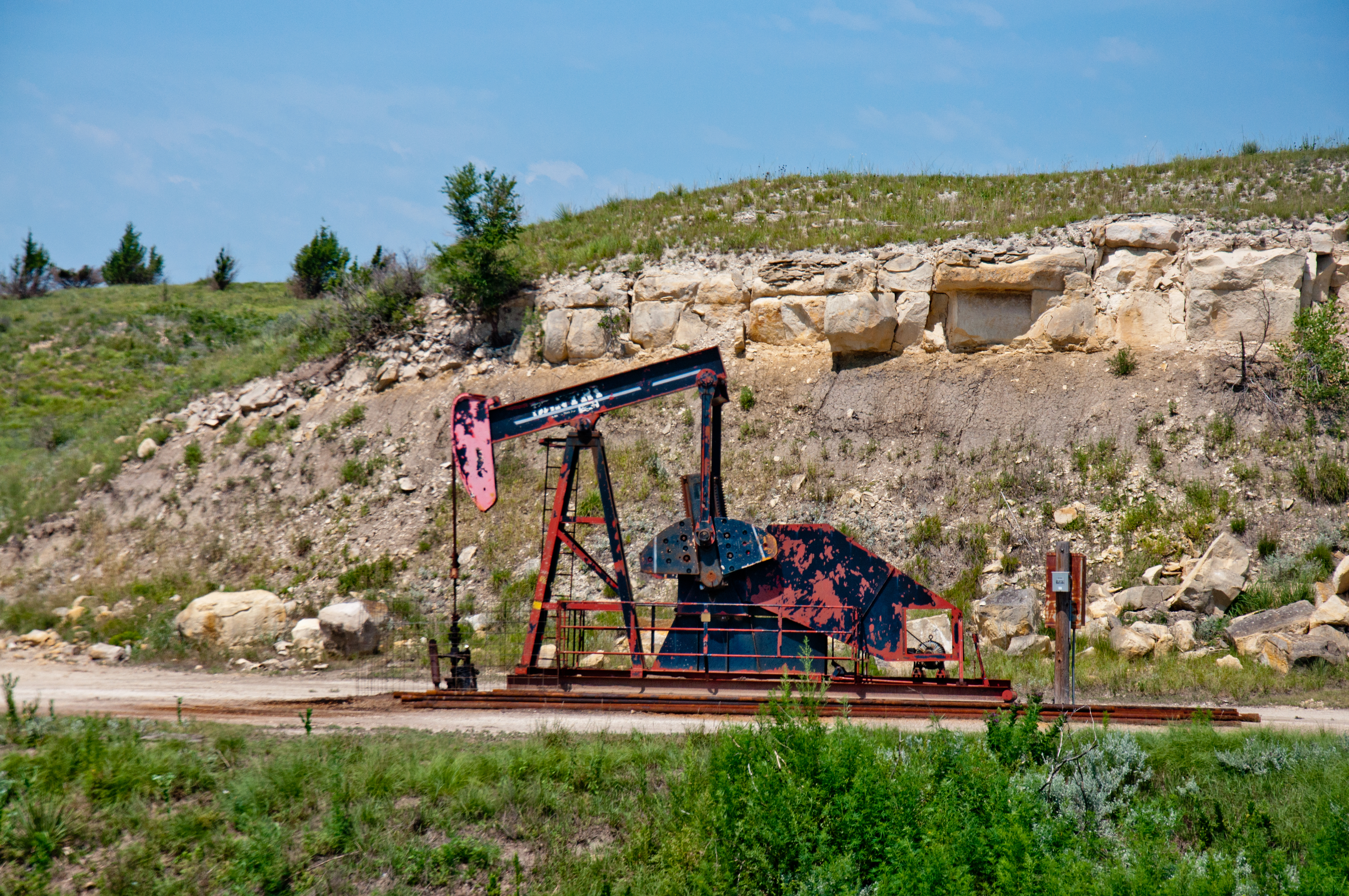By JOHN P. TRETBAR
The Kansas Corporation Commission reports just 75 new intent-to-drill notices filed across the state during the month of March for a first-quarter total of 228. That compares to 422 at this time last year and 1,455 intents for the first quarter of 2013. Barton County saw just two new intents in March, for a total of nine in the first quarter, compared to 18 in the first quarter last year. Ellis County saw just one new intent filed in the first three months of the year, compared to 11 in the same period in 2018. Russell County, saw one last month and four for the first quarter. That’s an improvement over the one intent filed there during the first quarter of last year. Producers in Stafford County filed two last month and seven during the first quarter compared to ten during the first three months of 2018.
Independent Oil & Gas Service reports a nearly 18% increase in the Kansas rig count. There are 10 active rigs in the eastern half of the state, up six, and 23 west of Wichita, down one.

Baker Hughes reported 1,025 active drilling rigs across the U.S. Friday, an increase of 15 oil rigs and four seeking natural gas. The count in Texas was up eight. New Mexico gained three. Canada reports 68 active rigs, which is down 20 for the week.
Regulators approved 30 permits for drilling at new locations in Kansas over the last week. That’s 225 so far this year. There were 16 new permits in eastern Kansas, and 14 west of Wichita, including two in Barton County and two in in Ellis County.
Independent Oil & Gas Service reports 27 new well completions across the state, ten east of Wichita and 17 in Western Kansas, including one each in Ellis, Russell and Stafford counties. So far this year, operators have completed 447 wells across Kansas.
The U.S. Energy Information Administration reports domestic crude oil inventories increased for the second week in a row. For the week ending March 29 U.S. stockpiles rose 7.2 million barrels to 449.5 million barrels. That’s equal to the five-year seasonal average.
The government has reported new records for U.S. crude production for three weeks in a row. The latest report shows production of 12.182 million barrels per day for the week ending March 29. That’s up 93 thousand barrels per day over the week before, and more than 1.7 million more than last year at this time.
U.S. crude oil imports averaged 6.8 million barrels per day for the week ending March 29, up by 223,000 barrels per day from the previous week. The four-week average is 12.1% less than the same period last year.
A non-profit Native American advocacy group on Friday filed yet another challenge to the permit allowing TransCanada to complete the Keystone pipeline. The latest permit suggests that the president’s authority to approve the pipeline is not subject to judicial review. But Bloomberg reports the new complaint filed in U.S. court in Montana argues that President Trump lacks authority to issue the permit, because the Constitution gives Congress the power to administer federal lands and regulate foreign commerce. According to the complaint, the project would pose “grave risks” to the climate, cultural resources, water resources, fish and wildlife, and human health and safety.
A federal judge says the President exceeded his authority by trying to overturn Obama-era restrictions on Arctic and offshore oil and gas drilling. In a ruling Friday, Judge Sharon Gleason reinstated the drilling ban, saying President Trump’s executive order last year exceeded his authority. Judge Gleason ruled that while sitting presidents have the power to ban development with an executive order, only Congress has the power to revoke such a ban instituted by other presidents. The bans involve about 98 percent of the Arctic coastal shelf in northern Alaska, and nearly six thousand square miles of underwater canyon complexes in the Atlantic Ocean, stretching from Virginia to the Canadian border.
North Dakota’s oil regulator plans to sue the state of Washington if it goes ahead with a proposal to reduce the volatility of Bakken crude oil transported by rail, saying it is not supported by science and would devalue the product. The Washington Senate voted last month to mandate a lower vapor pressure limit for Bakken crude shipped through the state by rail, aiming to limit fiery derailments. The Bismarck Tribune reports North Dakota regulators have requested state money to sue Washington if the legislation advances. About 200,000 barrels per day are carried by rail from North Dakota to refineries in Washington.
Continuing a nearly year-long string, the U.S. and Canada continue to increase reliance on railroads for delivery of petroleum and petroleum products. That’s according to the latest numbers from the Association of American Railroads. For the week ending March 30, domestic oil-by-rail shipments increased by nearly 28 percent over a year ago, and the year-to-date cumulative total was up 22 percent. Canada’s totals were up 13 percent for the week and 19 percent year-to-date.

